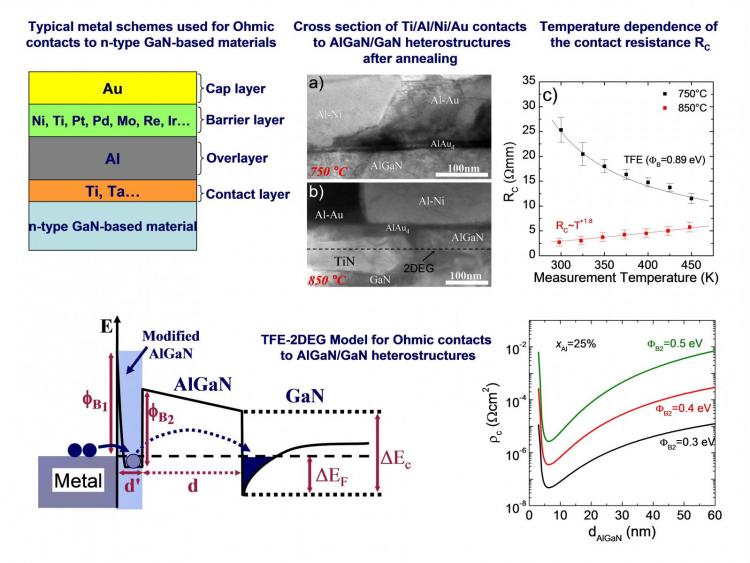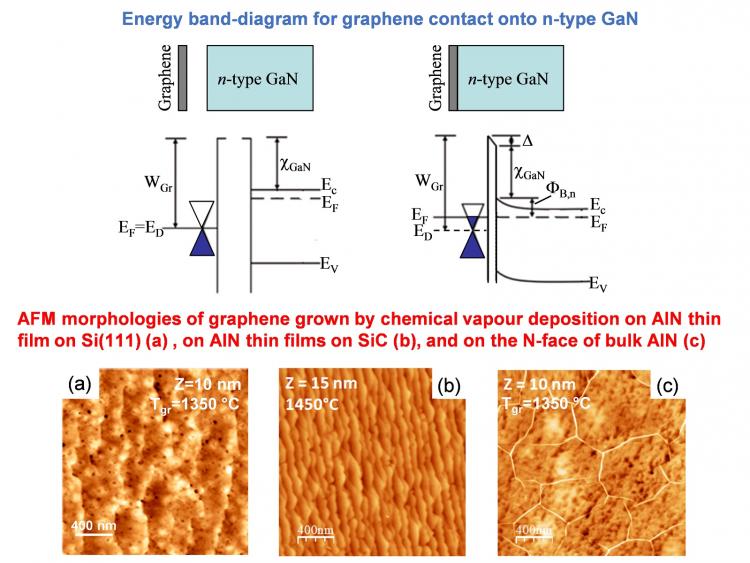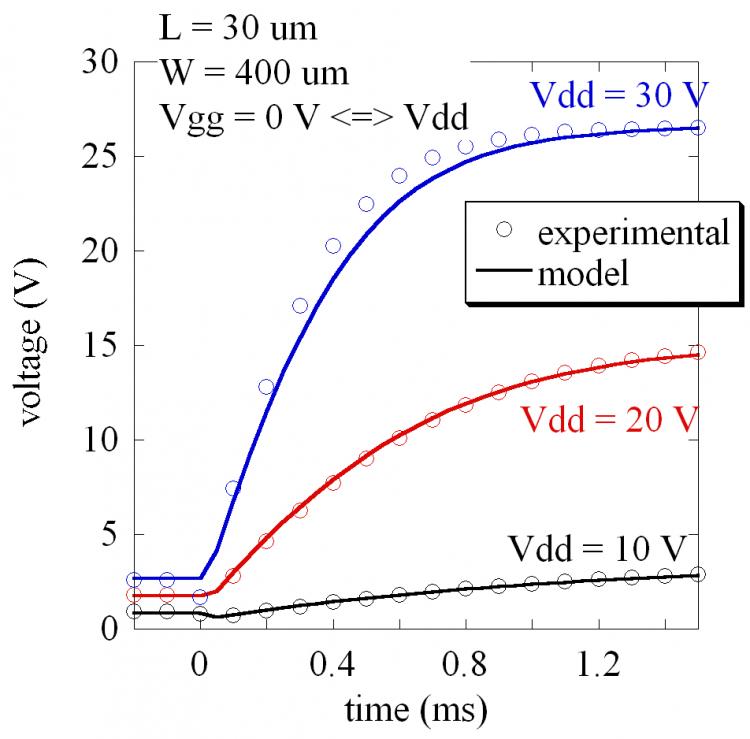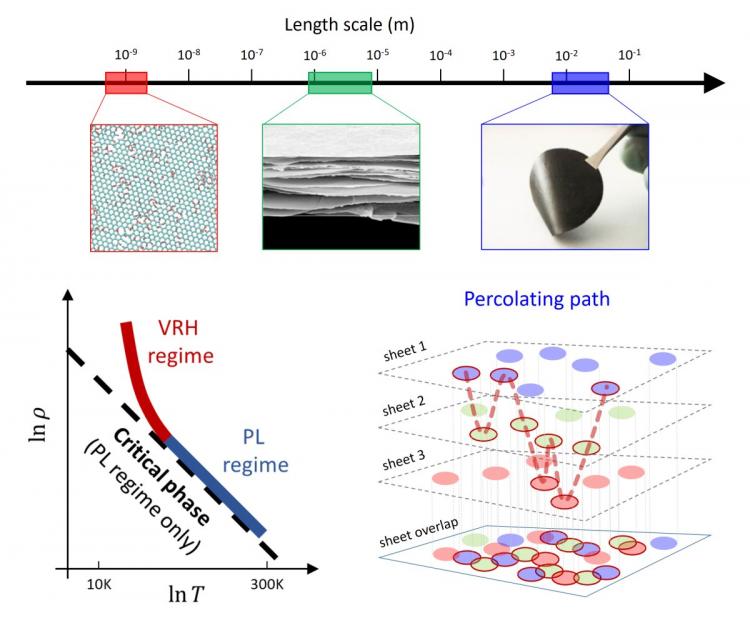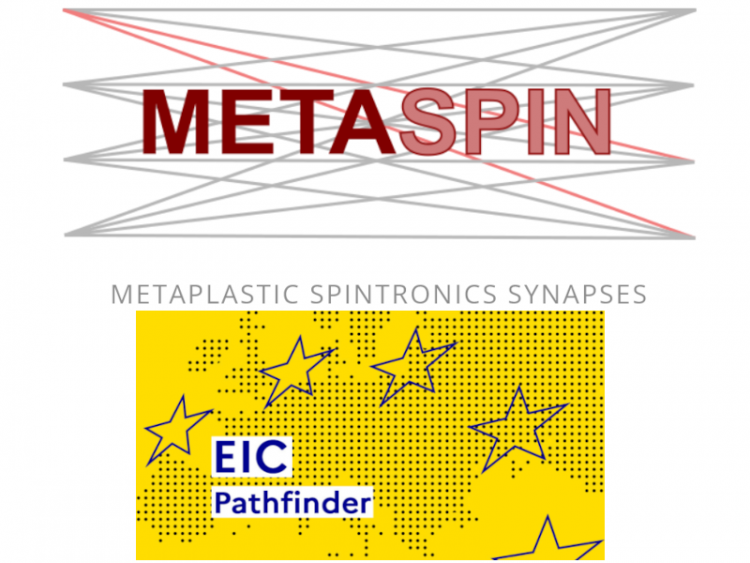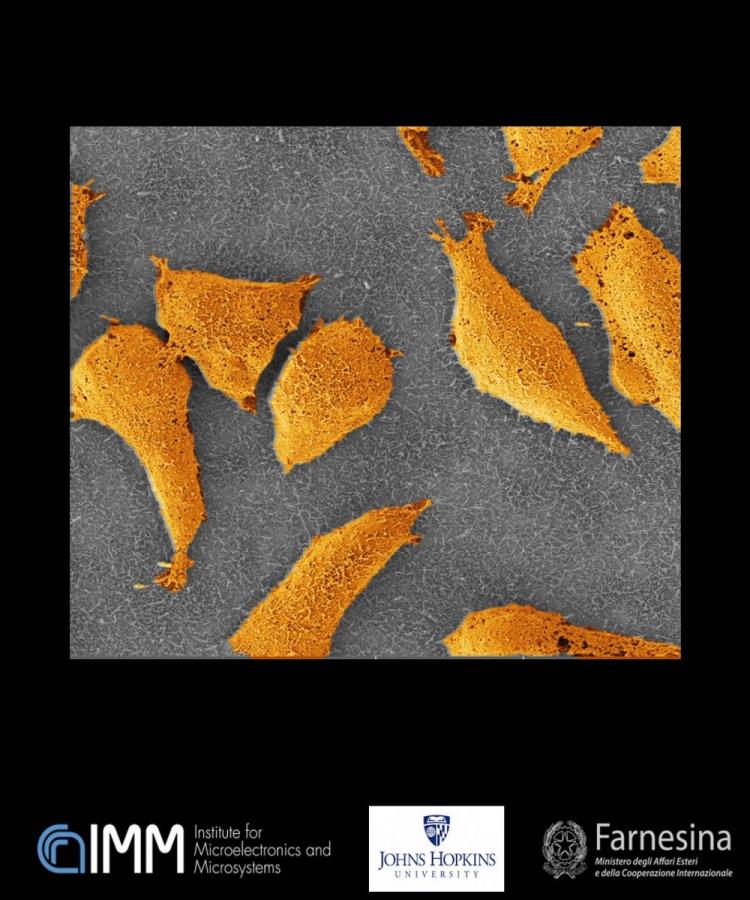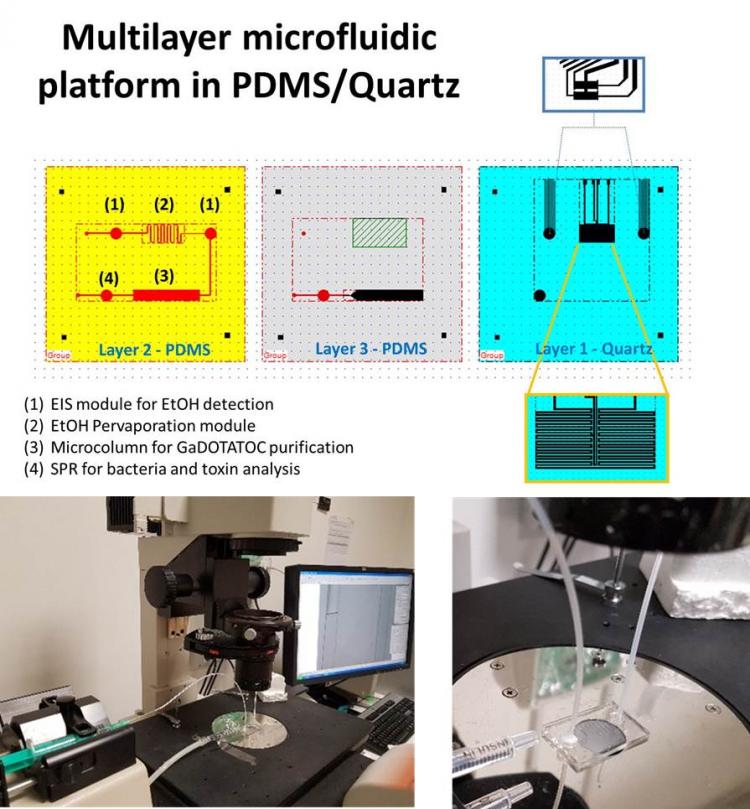https://www.sciencedirect.com/science/article/pii/S037877532030923X#ack0010
The large-scale implementation of solar hydrogen production requires an optimal combination of photovoltaic systems with suitably-designed electrochemical cells, possibly avoiding power electronics for DC-DC conversion, to decrease costs. Here, a stable, solar-driven water splitting system is presented, obtained through the direct connection of a state-of-the-art proton exchange membrane (PEM) electrolyzer to a bifacial silicon heterojunction (SHJ) solar module of three cells in series with total area of 730 cm2. The bifaciality of the solar module has been optimized through modeling in terms of the number of cells, module height and inclination. During outdoor operation in the standard monofacial configuration, the system is able to produce 3.7 gr of H2 h−1m−2 with an irradiation of 1000 W m−2 and a solar-to-hydrogen efficiency (STH) of 11.55%. The same system operating in bifacial mode gives rise to a higher H2 flux and STH efficiency, reaching values of 4.2 gr of H2 h−1m−2 and STH of 13.5%. Such a noticeable difference is achieved through the collection of albedo radiation from the ground by the bifacial PV system. The system has been tested outdoors for more than 55 h, exhibiting very good endurance, with no appreciable change in production and efficiency.
This work was funded through the PECSYS Project. The project received funding from the Fuel Cells and Hydrogen 2 Joint Undertaking under grant agreement No. 735218. The Joint Undertaking receives support from the European Union's Horizon 2020 Research and Innovation program, as well as Hydrogen Europe and N.ERGHY.

